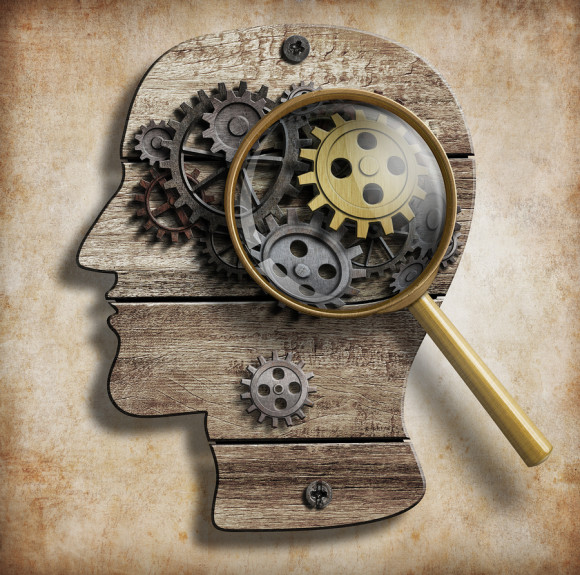You open your phone to “check one thing,” and 40 minutes later, you’re still thumbing through headlines about wars, disasters, and economic woes. Your pulse is up, your mood is down, and the clock says you’re late for bed. Welcome to doomscrolling, the modern habit of endlessly consuming bad news online.
What Is Doomscrolling?
The term entered the popular lexicon during the early days of the COVID-19 pandemic and was officially added to several dictionaries in 2023. It describes a compulsive, almost trance-like scroll through negative news and commentary, typically delivered via social media feeds and nonstop news alerts. Doomscrolling makes us feel informed but often leaves us more anxious, sad, or angry than when we started.
Why Your Brain Loves (and Hates) Bad News
Humans evolved with a negativity bias; spotting threats kept our ancestors alive. Digital platforms hijack that wiring with algorithms that surface emotionally charged stories. Each swipe brings the possibility of fresh alarm, triggering microbursts of cortisol that feel urgent, even addictive. Over time, the habit trains your attention toward catastrophe and away from nuance, humor, or hope.
The Mental Health Toll Is Real
Recent studies paint a sobering picture:
- A 2024 cross-cultural study of participants in the United States and Iran found a direct link between frequent doomscrolling, existential anxiety, and even rising distrust of humanity.
- Doomscrolling can take a toll on your physical and mental health , promoting sedentary behavior, mental overstimulation, and more.
Clinicians warn that the cycle can worsen insomnia, fuel obsessive worry, and amplify feelings of helplessness — especially for people already managing anxiety or mood disorders.
Red Flags You’re Stuck in the Doom Loop
Learn to recognize these signs of doomscrolling:
- Time distortion: You intend to browse for “just a minute,” but lose track of half an hour or more.
- Physical cues: Tight shoulders, shallow breathing, or a racing heart after scrolling.
- Mood dive: Noticeable irritability, sadness, or anxiety with no clear trigger other than the feed.
- Impaired focus: Difficulty switching to work or relaxation tasks because headlines keep replaying.
- Sleep sabotage: You scroll in bed, find it hard to wind down, and wake up feeling unrested.
Simple Ways to Interrupt the Scroll
Digital habits rarely change overnight, but small tweaks compound quickly:
- Move tempting apps off the home screen: Friction — even one extra swipe — gives your prefrontal cortex time to veto an impulse.
- Use a real alarm clock: If your phone never makes it to the nightstand, it can’t lure you into midnight scrolling.
- Set a dedicated time for news: Allow yourself a 15-minute window at lunch, and avoid 24/7 updates.
- Try grayscale mode: Dulling the colors of your screen makes endless scrolling less stimulating.
- Practice the headline rule: After you read a headline, ask, “Do I need more detail right now?” If not, stop there.
Deep Strategies for Sustainable Change
Try these practices to break your doomscrolling habit:
- Curate, don’t binge: Follow reporters you trust, not every breaking-news account. When algorithms notice you pause on uplifting content, they’ll serve more of it.
- Schedule dopamine replacements: Replace nighttime scrolling with a book chapter, a podcast, or a walk. Your brain still gets novelty — just without the alarm bells.
- Pair social media with a friction task: Open social media apps only while standing or doing light stretches. When your legs tire, you’ll be motivated to quit scrolling.
- Track your mood: Use a simple journal and note how you feel before and after a session. Patterns emerge quickly, and data can motivate behavior change.
- Create a “worry parking lot”: Jot intrusive thoughts on paper, close the notebook, and plan a specific time to review them. Externalizing worry breaks the ruminative loop.
Remember, intentional breaks from feeds — even brief ones — can help with lowering stress hormones and improving sleep quality.
When to Seek Professional Help
If doomscrolling begins to disrupt work, relationships, or health, outside support can help untangle the habit. Signs you might benefit from therapy or counseling include:
- Persistent feelings of dread or hopelessness
- Panic attacks triggered by news consumption
- Inability to limit screen time despite repeated attempts
- Withdrawal from hobbies, exercise, or social life
Therapists can introduce cognitive-behavioral techniques, mindfulness practices, and accountability frameworks that tailor strategies to your life and triggers.
Break the Cycle With Counselors Who Understand
Doomscrolling may feel like a private battle, but you don’t have to tackle it alone. Our licensed therapists at Cornerstone Counseling Center of Chicago offer compassionate, evidence-based support for anxiety, stress, and technology-related challenges. Whether you prefer in-person sessions in downtown Chicago or secure telehealth visits, Cornerstone can help you rewrite your relationship with the news, your phone, and your peace of mind.
Reach out today to schedule an appointment — because life is bigger than your feed, and calmer days are a tap away.
Cornerstone Counseling Center of Chicago is a mental health agency providing exceptional counseling and therapy services to individuals of all ages and family dynamics. Our therapists incorporate evidence-based, cutting-edge tools into their work with clients, and every client receives individualized care based on their needs and goals. We have been practicing in the Near North neighborhood of Chicago for over 51 years and plan to serve our community for many years to come. Request an appointment with us today and experience our impact firsthand!



